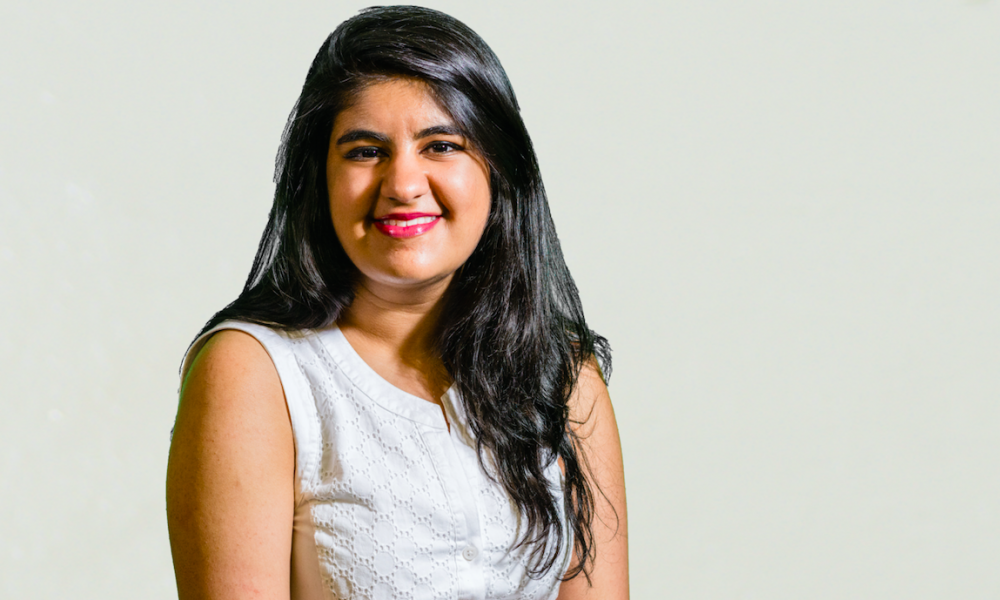In a pool shared with two others at the Long Island Aquarium and Exhibition Center, also known as “Atlantis” or “LIA,” lives a young three-year-old full of sass, playfulness, and puppy-like humor all packed into a dense, little 60-pound sea lion named Nila. She was saved off the California coast two years ago. Today, she lives with her two best friends, Bunker and Java, under the care of her trainer, Nicole MacDonald.
32-year-old Nicole MacDonald, a Stony Brook graduate with a degree in Environmental Studies, is one of the senior trainers at the LIA, where she has worked for almost 7 years. While she has many responsibilities in her daily work schedule, ranging from taking care of the animals’ food, to outreach programs, MacDonald, along with other trainers, helps the Channel Islands Marine & Wildlife Institute (CIMWI) in Santa Barbara, California, where the sea lion population is experiencing an Unusual Mortality Event (UME).
CIMWI, a nonprofit corporation under National Oceanic and Atmospheric Administration (NOAA), is known for rescuing and rehabilitating marine mammals. In the last three years, the NOAA National Marine Fisheries service has declared an UME on the sea lion pups and yearlings who have been found dehydrated, emaciated, and underweight along the Southern California coasts. Recent NOAA findings and investigations indicate that the event is largely due to changes in the pups’ food supply. Climate change has shifted their prey, schooling fish, further offshore. As a result, mother sea lions do not receive adequate nutrition, and are forced to wean their pups earlier than they normally would. These pups, however, face the same problem of obtaining sufficient high-quality food sources, develop different viruses and infections, and wind up washing ashore.
MacDonald and her director of animal training Candyce Paparo came across Nila about two years ago. Nila was one of the pups rehabilitated at CIMWI that were deemed un-releasable for “lacking central survival skills,” meaning she had trouble eating in front of other sea lions. After her health was restored, she was still smaller than other sea lions pups, weighing at almost half the average weight for healthy pups her age. They also discovered that she expressed interest in humans and what they were doing, a dangerous habit for wild animals.
“On top of food concerns, Nila may have been left by her mother for being a runt of her litter, or too weak because she was so small. It is also very possible that the malnutrition at a young age has stunted her growth,” MacDonald said. After spending five days with Nila at CIMWI, MacDonald and Paparo decided to take Nila home to the LIA. The three flew in a FedEx cargo plane, where Nila slept calmly for the entire flight. “She was the perfect sea lion baby during the flight,” MacDonald said, laughing.
Upon arriving at the LIA, Nila was quarantined for 30 days, a standard procedure for new arrivals at the aquarium to prevent any potential diseases from spreading. Fortunately, Nila has adapted very well to living with Java and Bunker, who were already residing at the aquarium. MacDonald says that Bunker, the female, was very excited and friendly towards Nila, and they quickly became best friends, swimming and playing together. Java, however, was scared of Nila initially, often found barking and avoiding her. As a large 15 year-old 405-pound male sea lion born at SeaWorld Orlando, it has been many years since he has seen a sea lion as small and young as Nila. After a brief adjustment period, Java warmed up to her. Now, they are frequently found cuddling, especially during the colder months when Nila would lie on top of Java’s back for warmth.
MacDonald has been working with Nila for the last two years, developing her relationship with her through regular care, teaching husbandry and medical behaviors, and tricks such as dance moves, spins, and salutes. Some of Nila’s favorite things to do involve “hose play,” where she chases the hose water with her trainer. She often invites Java and Bunker to play with her as well, biting and chasing them playfully and throwing some of her favorite toys – a hockey stick and a shovel – around. Nila loves playing, splashing, and eating ice cubes. MacDonald says that Nila could be heard vocalizing to claim them as hers, before the others got to them.
The LIA calls all its animals “animal ambassadors”: representatives of their wild populations. MacDonald hopes that these stories of their animal ambassadors, such as Nila’s, will reach visitors. “I want our guests to care not just for the animal they are looking at, but for all animals,” MacDonald says, “whether it is furthering science education, promoting advocacy, or even recycling more, I want to encourage awareness and conservation education.”




Comments are closed.